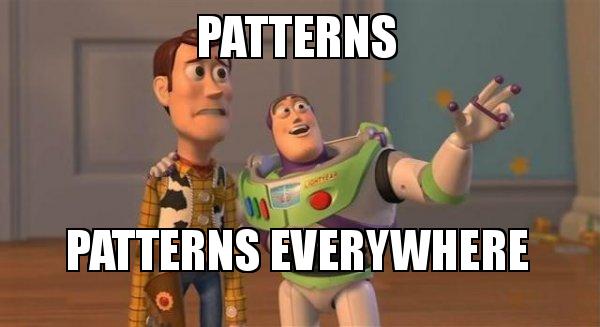Your Notes Are Messy, and That’s Okay: Why We Build Frameworks Like MDLR
21 Nov 2024 • 4 min read
Use Case 1: Personal Notes
Note-taking tools like Notion and Obsidian have made it easier than ever to organize our thoughts. Obsidian even gives us a graph view—a cool way to see how everything connects. But let’s be honest: most of us don’t write notes with the precision of a librarian. We scribble ideas, forget to tag them, and hope future-us will figure it out. (Spoiler: we don’t.)
This is Use Case 1: Personal Notes, where frameworks like MDLR help individuals make sense of their scattered, unstructured thoughts. In another article, we’ll dive into Use Case 2: Collaborative Projects, where the stakes are higher, and the chaos is shared.
The Real Problem
Your notes are just sitting there, static and disconnected, while you struggle to find patterns or insights. Tags and links can help, but only if you use them consistently (ha!). What if your notes could analyze themselves in real time instead? What if you could:
- Leave a prompt like “What are the recurring themes in my journal this week?” or “What’s my biggest challenge based on recent notes?”
- Get real-time summaries that focus on exactly what you want to explore.
- Highlight patterns and insights effortlessly, acting like a helpful, non-judgmental assistant. With MDLR, your notes become more than just a static archive—they turn into a dynamic source of clarity and insights, ready whenever you are..
Enter MDLR
That’s the idea behind frameworks like MDLR. Instead of forcing you to be a tagging wizard, MDLR analyzes your notes dynamically, finding patterns and insights in your mess. Think of it as Obsidian’s graph view meets AI analysis—but without all the manual work. You write freely, and it does the heavy lifting.

Notes That Work for You
MDLR is about making note-taking effortless and insightful. Your messy, freeform thoughts deserve a tool that adapts to them, not the other way around. Let’s stop pretending our notes will ever be perfect—and start building tools that make sense of the chaos.